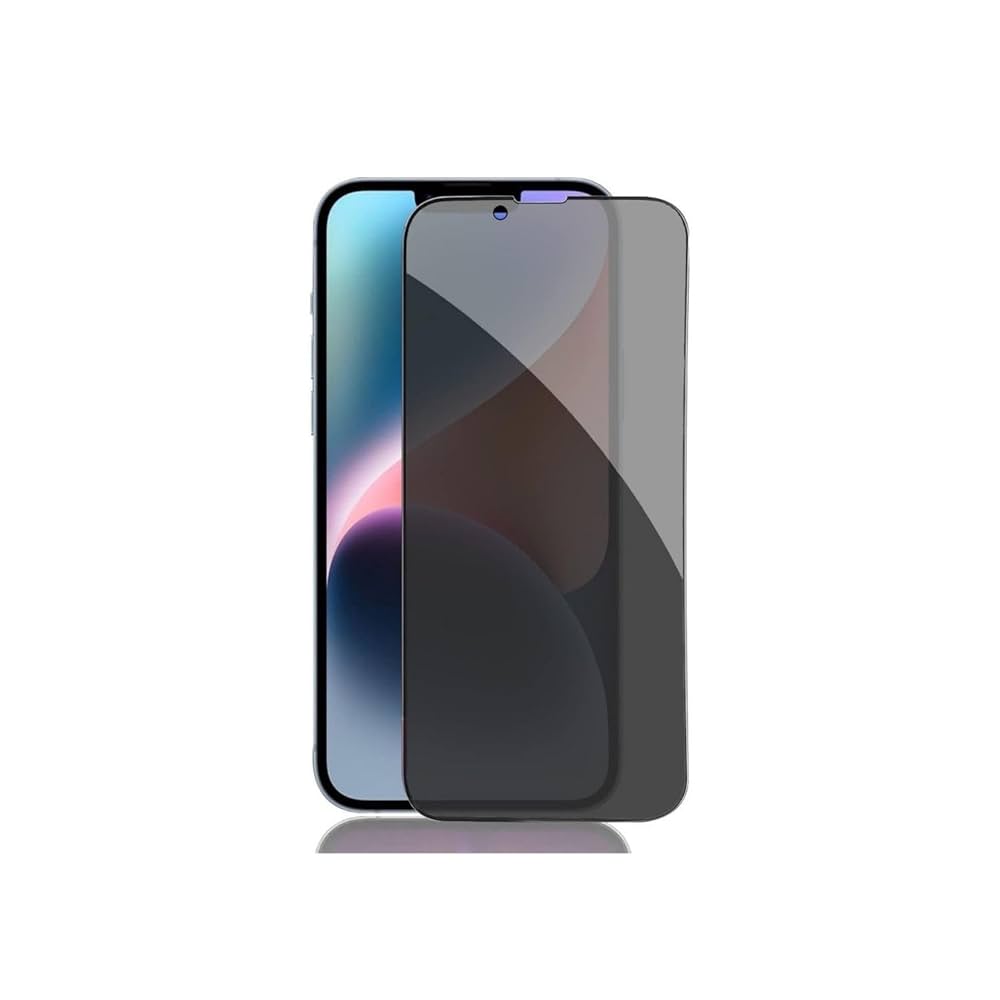Tempered glass is a staple in modern construction, automotive design, and consumer electronics, valued for its durability and safety. But just how much stronger is tempered glass compared to regular glass? This article explores the strength, benefits, and applications of tempered glass, offering a clear understanding of its advantages.
What Is Tempered Glass?
Tempered glass, also known as toughened glass, is created through a thermal tempering process. Glass is heated to over 600°C (1,100°F) and then rapidly cooled, creating compressive stress on the surface and tensile stress inside. This process enhances its strength and alters its breakage pattern, making it safer than standard annealed glass.

Strength Comparison: Tempered Glass vs. Regular Glass
Tempered glass is significantly stronger than regular (annealed) glass due to its manufacturing process. Here’s a breakdown of its strength:
- Tensile Strength: Tempered glass can withstand surface compression of up to 10,000–20,000 psi, compared to about 1,000–2,000 psi for annealed glass. This makes tempered glass approximately 4–5 times stronger in resisting bending or impact forces.
- Impact Resistance: Tempered glass can endure impacts that would shatter regular glass. For example, it can resist a 500g steel ball dropped from 1.3 meters, while annealed glass typically breaks under similar conditions.
- Thermal Resistance: Tempered glass handles temperature changes up to 250°C (482°F), compared to 40–60°C (104–140°F) for annealed glass, making it less prone to thermal stress fractures.
These properties make tempered glass ideal for high-stress environments, from skyscraper windows to smartphone screens.
Safety Benefits of Tempered Glass
When tempered glass breaks, it shatters into small, blunt granules rather than sharp shards, reducing the risk of injury. This safety feature, combined with its strength, makes it a preferred choice for:
- Automotive Windows: Side and rear car windows use tempered glass for safety in collisions.
- Building Facades: Tempered glass is used in high-rise buildings to withstand wind loads and impacts.
- Consumer Electronics: Smartphone screens and glass cookware benefit from its durability.
Limitations of Tempered Glass
Despite its strength, tempered glass isn’t indestructible. It can still break under extreme force or if struck at its edges, which are more vulnerable. Additionally, once tempered, the glass cannot be cut or reshaped without shattering, requiring precise manufacturing.
Applications of Tempered Glass
The enhanced strength of tempered glass makes it versatile across industries:
- Construction: Used in shower doors, glass railings, and windows for its durability and safety.
- Automotive: Essential for vehicle safety, particularly in side and rear windows.
- Electronics: Protects screens on smartphones, tablets, and laptops from scratches and impacts.
- Home Appliances: Found in oven doors, refrigerator shelves, and glass cooktops due to its thermal resistance.
Conclusion
Tempered glass is a powerhouse material, offering 4–5 times the strength of regular glass and superior safety features. Its ability to withstand impact, thermal stress, and bending forces makes it indispensable in modern applications. While it has limitations, its benefits far outweigh those of annealed glass, making it a go-to choice for durability and safety.